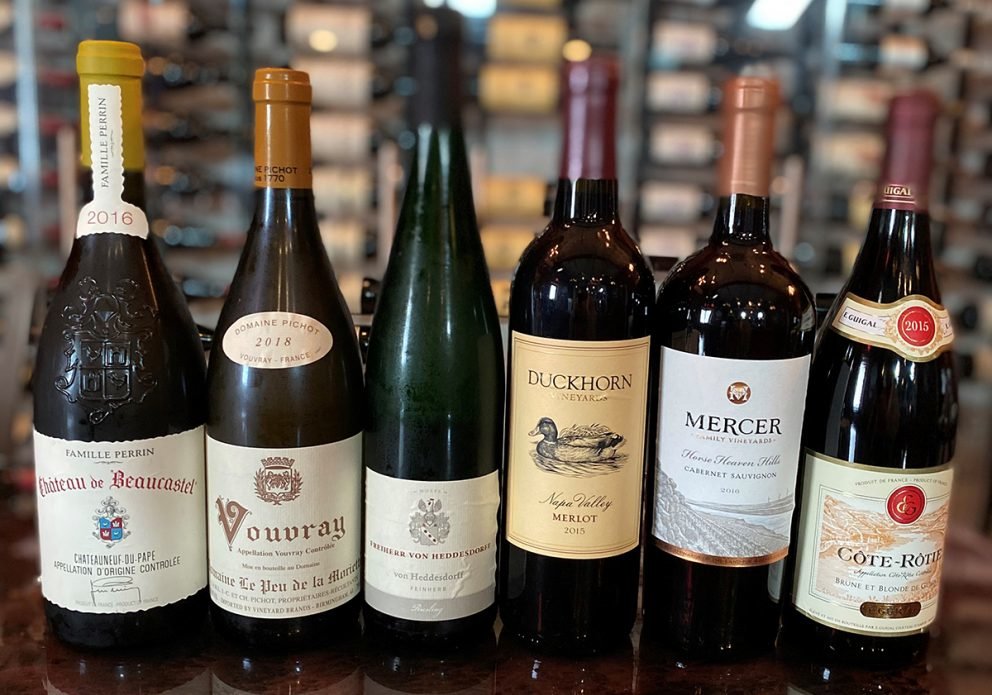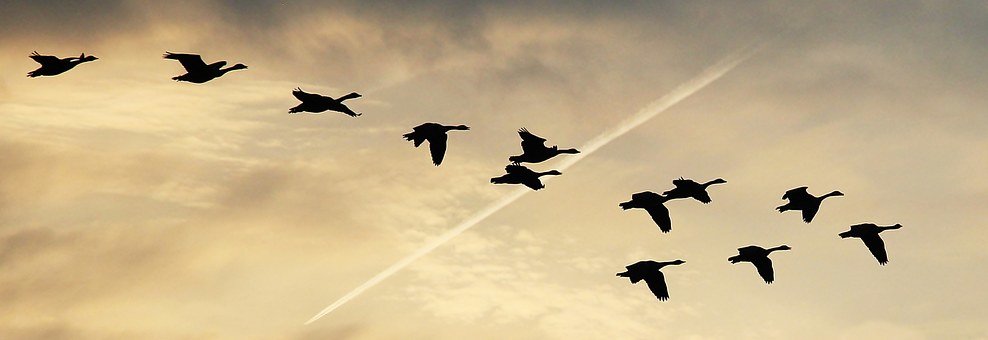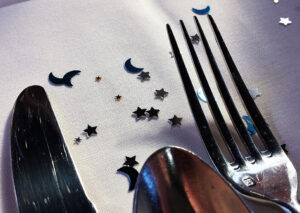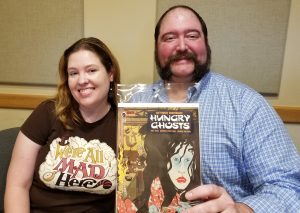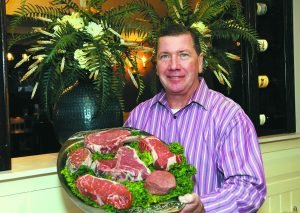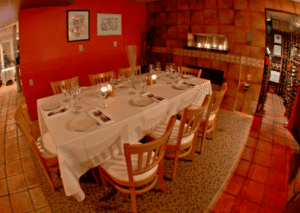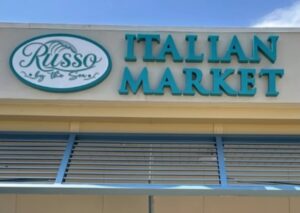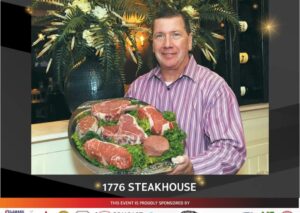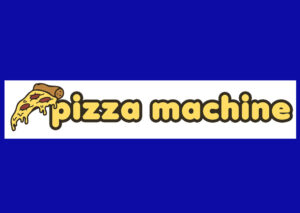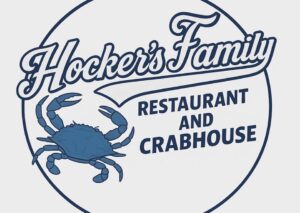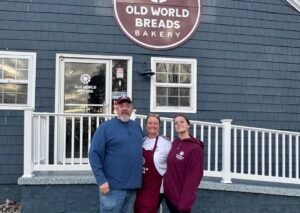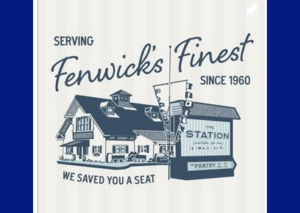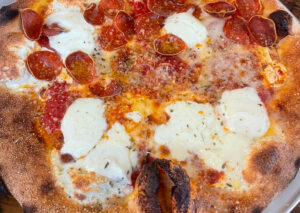There is something about seeing a flock of geese flying in formation on a fall day that has always filled me with awe and admiration. What a beautiful sight to see. How do these wonderful creatures fly perfectly synchronized and with such harmony, grace and elegance? In my mind, I have also just described what makes a great wine great.
Think about the best wine you have ever had. What made it that way? When you first tasted it, why did you do a double take, look down at the glass and say WOW! Chances are, you just tasted harmony, grace and elegance in a glass.
Wine is incredibly easy to make. Anything with sugar (or any carbohydrate for that matter) when exposed to yeast (which is always in the air around us) naturally wants to ferment, e.g., turn into wine. Yes, making wine is easy. The hard part is making good wine, and even more challenging … a great wine. How does one do that?
In order to make great food, you need two essential things: Great ingredients and a great chef. Same thing with wine. You need great fruit and a great winemaker. Without either, at best you will get something drinkable but certainly not great. Ask any winemaker and she (or he) will tell you great wine begins in the field. So let’s first focus on that.
For every grape variety, there is the perfect combination of soil type, climate, position of the vineyard to the sun (aspect), length of growing season, among many other factors collectively called “terroir” in wine speak. But there is much more to producing great fruit. Pest management, management of the growth of the vines, what type of trellis is used to hold up the vines, pruning and, for me, one of the most important aspects of winegrowing: not allowing the vines to produce too much fruit (just makes sense, if a vine produces fewer bunches of grapes, the vine can do more with whatever energy and nutrients it has to make those fewer grapes the best they can be). And wine growers go to great lengths to have their vines produce less fruit by clipping off certain bunches of grapes during the growing season (“dropping fruit”), employing certain pruning techniques, etc. (you may see this referred to as lowering their yields). And you may have heard that vines that struggle produce better wine. That is actually true, so the best vines are grown in less fertile (but well drained) soil, don’t receive too much water and are sometimes even purposely planted closer together to compete with each other for nutrients. All of this and much more is needed to produce great fruit.
Once winemakers have great fruit in their hands, they have won more than half the battle. I could almost hear a novice winemaker in the possession of great fruit literally saying, “Please don’t let me screw this up!” The reason why making a great wine – a wine that shares with us its harmony, elegance and grace – is so difficult is that there are a lot of moving parts in winemaking. Corralling those into a thing of beauty can be like herding cats. You do one thing as a winemaker to showcase a certain characteristic of the beautiful fruit, and you make another go out of whack. There are a gazillion choices winemakers have in the simple process of fermenting grape juice; each one affecting what we taste in our glass. Examples include choosing a particular strain of yeast with which to ferment the wine (believe it or not, this can really affect the taste of the wine). In addition, do you ferment the wine in stainless steel, in oak (American, French, Slovenian … new, somewhat new, old, large barrels, small barrels?); do you crush the fruit immediately or let it soak as whole clusters for a bit? At what temperature to you ferment; do you filter the wine and if so, how? And this is just the tip of the winemaking iceberg. It’s like conducting an orchestra, but when it’s done well, the wine could almost make your knees buckle.
So what’s the point of discussing all this, aside from the fact that I love wine and love talking about wine? Actually, its just to have us reflect on how lucky we are when we taste a wine that surprises us with its harmony, grace and elegance and to recognize all that went into making that happen.
A few examples of different varietals in different price categories are some of my personal favorites that exhibit these characteristics: representing the whites are Ramey, Russian River Valley Chardonnay (about $50); Freiherr von Heddesdorff, Feinherb, Mosel, Riesling (under $25); Chateau de Beaucastel, Chateauneuf-du-Pape Blanc (over $100), and Domaine Pichot, Domaine Le Leu de la Moriette, Vouvray (under $25).
Representing the reds: Mercer, Cabernet Sauvignon, Horse Heaven Hills, Washington (under $25); Lemelson, Thea’s Selection, Willamette Valley (about $35); E. Guigal, Brune et Blonde de Guigal, Cote-Rotie (about $70), Duckhorn Merlot (under $60), and Paul Hobbs, Napa Valley, Cabernet Sauvignon (over $100).
So, the next time you see a flock of geese in formation, go home and raise a glass to those who make great wine happen.
Cheers!
Cuvée Ray


